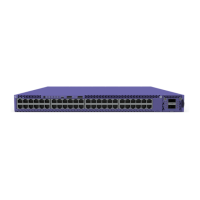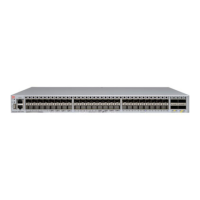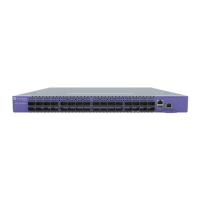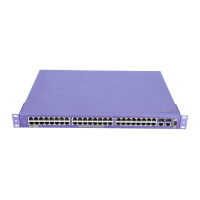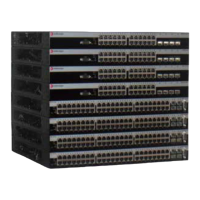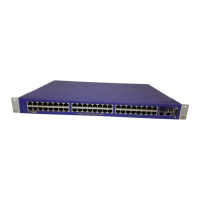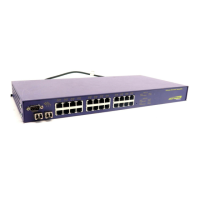Table 2: Text Conventions
Convention Description
Angle brackets ( < > ) Angle brackets ( < > ) indicate that you choose the
text to enter based on the description inside the
brackets. Do not type the brackets when you enter
the command.
If the command syntax is cfm maintenance-
domain maintenance-level <0-7> , you can
enter cfm maintenance-domain
maintenance-level 4.
Bold text Bold text indicates the GUI object name you must act
upon.
Examples:
• Click OK.
• On the Tools menu, choose Options.
Braces ( { } ) Braces ( { } ) indicate required elements in syntax
descriptions. Do not type the braces when you enter
the command.
For example, if the command syntax is ip address
{A.B.C.D}, you must enter the IP address in
dotted, decimal notation.
Brackets ( [ ] ) Brackets ( [ ] ) indicate optional elements in syntax
descriptions. Do not type the brackets when you
enter the command.
For example, if the command syntax is show clock
[detail], you can enter either show clock or
show clock detail.
Ellipses ( … ) An ellipsis ( … ) indicates that you repeat the last
element of the command as needed.
For example, if the command syntax is
ethernet/2/1 [ <parameter>
<value> ]..., you enter ethernet/2/1 and as
many parameter-value pairs as you need.
Italic Text Italics emphasize a point or denote new terms at the
place where they are defined in the text. Italics are
also used when referring to publication titles that are
not active links.
Plain Courier Text
Plain Courier text indicates command names,
options, and text that you must enter. Plain Courier
text also indicates command syntax and system
output, for example, prompts and system messages.
Table continues…
Conventions
March 2020 Installing the VSP 7200 Series 5
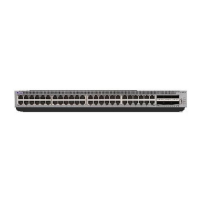
